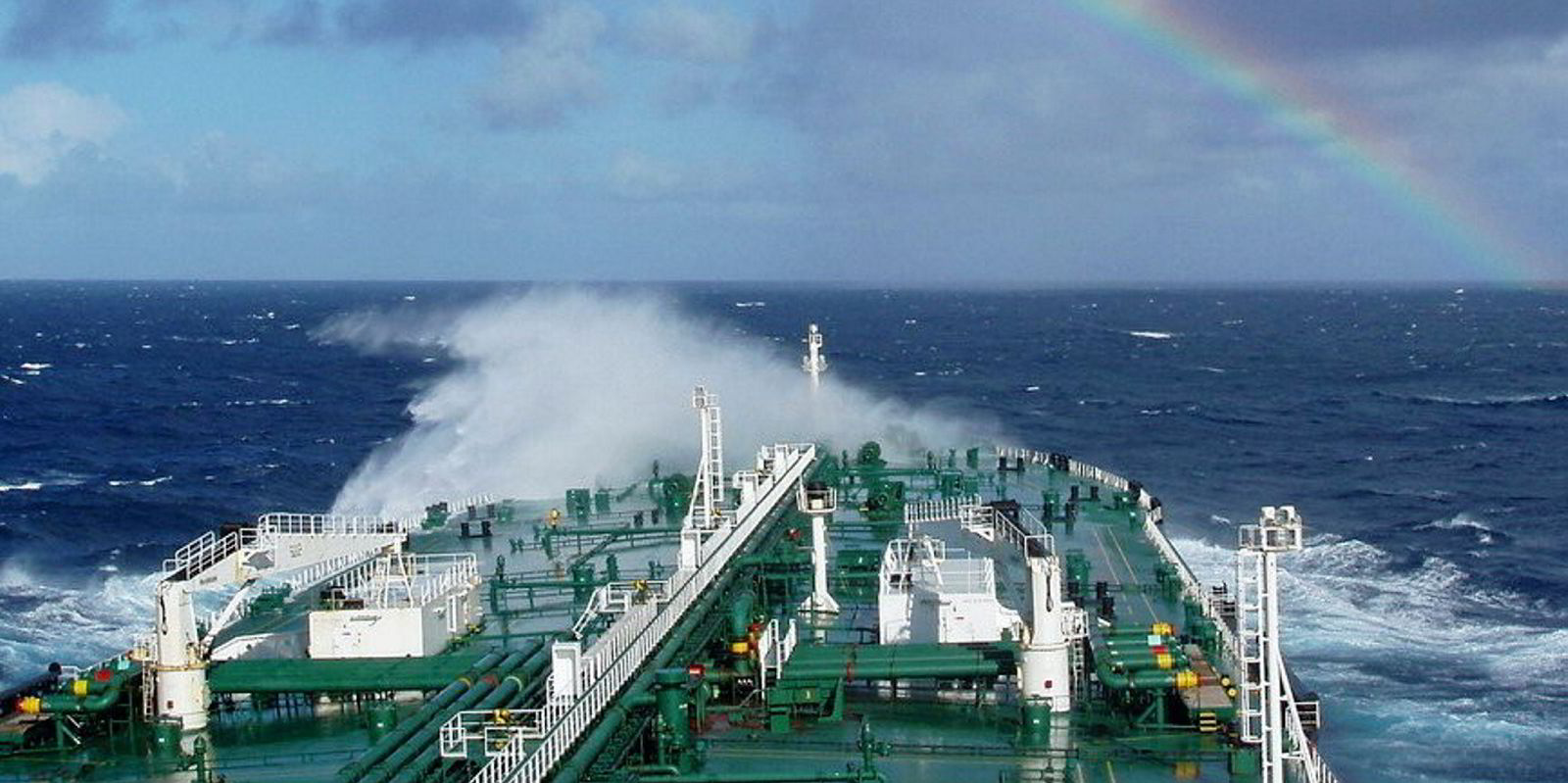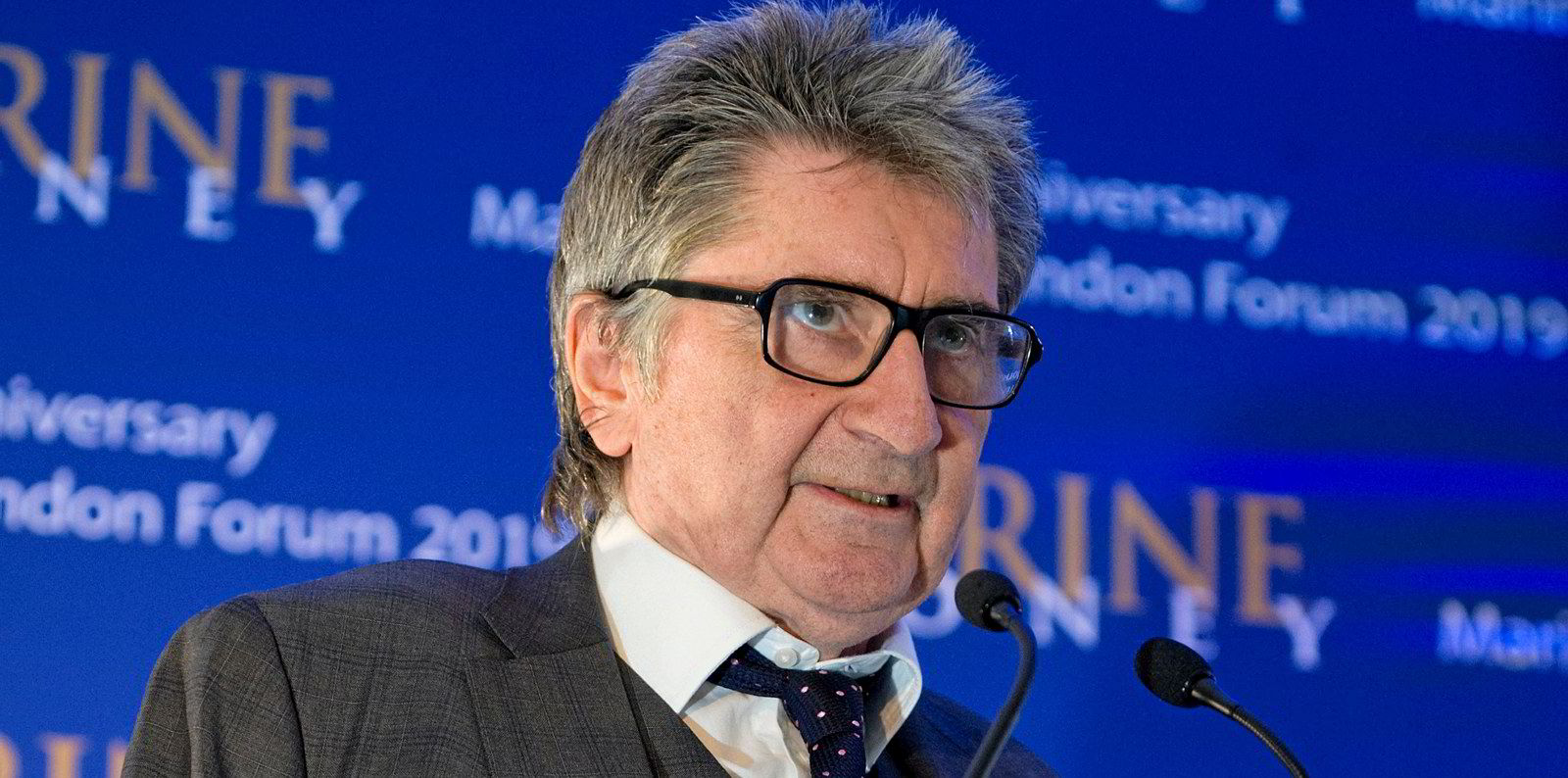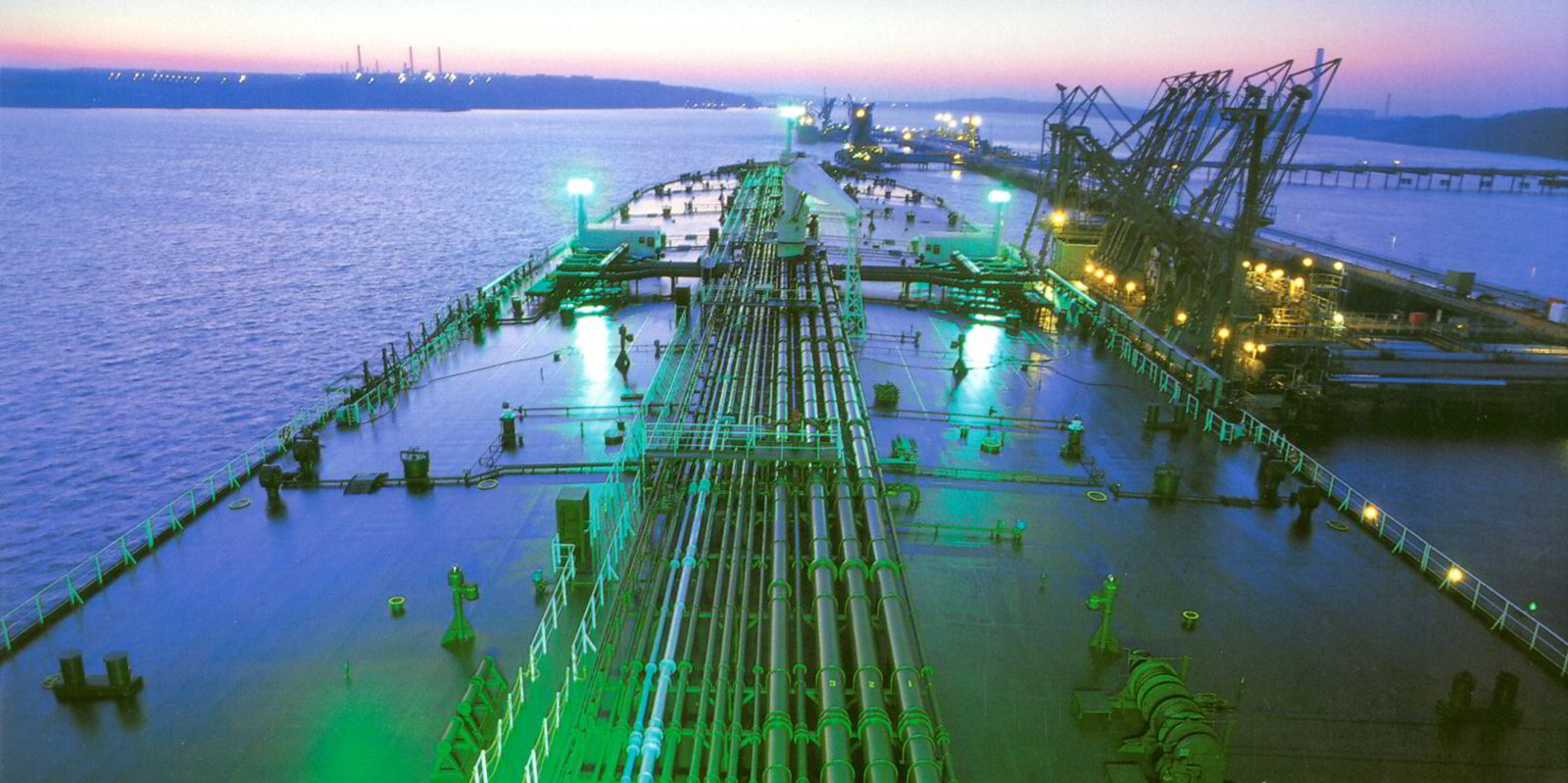The secondhand tanker market has set a new sales record for the first 10 months of the year despite the weakest tanker earnings in more than 30 years.
Sales reached 47.1m dwt during the January to October 2021 period versus the 42.8m dwt sold in the same period last year, according to the latest data from Clarksons Research.
The second quarter saw "especially robust activity", with 20.6m dwt sold — more than double the quarterly average of the last five years.
"While activity has slowed in the second half, in full-year 2021 the equivalent of 9.4% of the start year fleet is on track to have been sold, the highest level of turnover since 2005," Clarksons said.
The shipbroker said the strong volume of sales reflected a range of drivers including "pent-up demand" following Covid-related barriers to transacting earlier in the year.
Clarksons also said expectations that tanker markets would start to improve further supported buyer demand.
The second quarter saw especially robust activity with 20.6m dwt sold, more than double the quarterly average of the last five years.
Clarksons
The average age of crude tankers sold so far this year stands at 14 years, versus an average over the last decade of 11 years, helped by firm Asian interest in older units.
Greek shipowners are said to have been very active, selling 16m dwt in 2021 so far, up from 11m dwt in 2020 and an average of 5m dwt per annum over the previous decade.
Meanwhile, in the newbuilding market, similarly to sales, contracting picked up in late 2020 as investor confidence improved with 9.6m dwt ordered, up from 3.8m dwt in the third quarter.
"Strong activity perhaps surprisingly continued into early 2021; the first quarter saw 11.5m dwt ordered, the fourth strongest quarter of the last decade despite historically low earnings," Clarksons said.
"In part, this reflected some project orders, including 10 LNG-capable VLCCs for an energy major, as well as increasing adoption of LNG fuel technology by other owners.
"Some owners also reportedly finalised orders to secure yard slots, amid strong newbuild interest in the boxship and LNG carrier sectors," the shipbroker said.
However, Clarksons said contracting has since “slowed significantly” with just 3m dwt ordered so far in the second half of the year, with the third quarter the lowest quarter since early 2009.
"This has reflected the impact of continued weak earnings and higher newbuild prices, with VLCC newbuild prices now at $108m, up from $85m at end-2020 and the highest level since September 2009," Clarksons said.
"Overall, despite the positive start to 2021, ordering now seems on track to reach the second-lowest annual total of the last nine years."
Clarksons said that while activity in both the tanker S&P and newbuild markets started the year on a strong note, 2021 as a whole has seen mixed trends across the two markets.
"Encouragingly for a tanker market still struggling with oil trade 10% below pre-Covid levels, weak ordering has at least kept the orderbook limited to less than 8% of the fleet, whilst S&P volumes have been one of the few areas in the tanker sector this year to have seen any form of new high," the shipbroker said.





